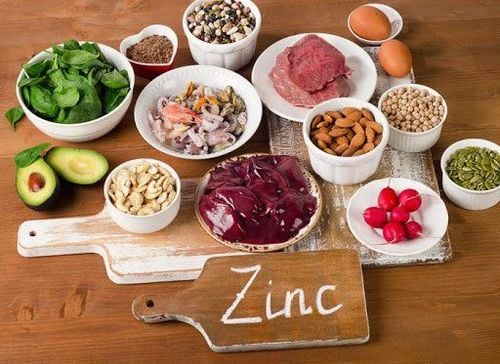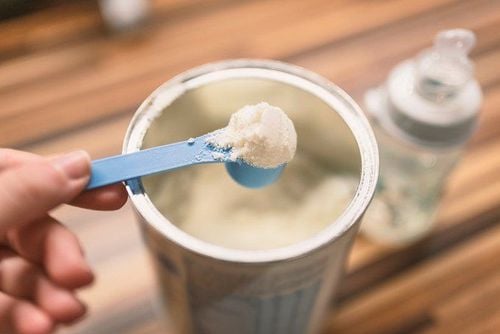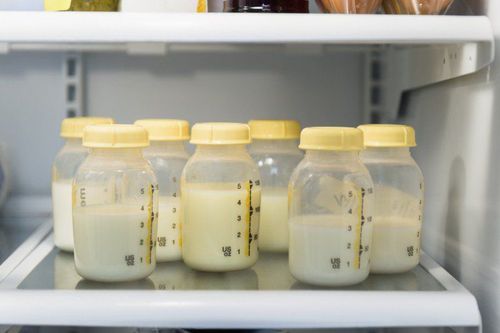This article was reviewed by MSc, MD Vu Quoc Anh, Pediatrician, Department of Pediatrics and Neonatology, Vinmec Da Nang International General Hospital.
Many parents become understandably worried when their child has a high fever, especially if the child has G6PD deficiency. The use of antipyretics for children with G6PD deficiency requires extra caution and should be guided by a treating physician.
1. How to Recognize Fever in a Child
Fever is a beneficial response that protects the body against harmful pathogens or inflammatory reactions. It is characterized by an increase in the body’s set-point temperature beyond the normal range, without disrupting biological functions or metabolic processes.
A child’s normal core body temperature ranges from 36.5°C to 37.5°C. When measuring peripheral temperature (e.g., under the armpit), parents should add 0.5°C to obtain an accurate core temperature. A reading above 37.5°C indicates a fever. The severity of fever is primarily classified based on body temperature. A temperature above 38.5°C is considered high fever, while a temperature exceeding 40°C significantly increases the risk of febrile seizures. Additionally, children with high fever may exhibit various symptoms such as lethargy, decreased alertness, excessive sweating, difficulty breathing, poor appetite, and chills.
In children with fever, parents may feel warmth in areas such as the abdomen or armpits. Additionally, a child’s cheeks and lips may appear redder than usual. These signs serve as preliminary indicators before measuring body temperature to confirm whether a child truly has a fever. Detecting and classifying the severity of a fever is essential for effective management, including the appropriate use of antipyretics for the child.

2. Antipyretics for Children
Many antipyretics for children are available over the counter and can be used at home before consulting a doctor. These medications are recommended to be part of every family’s first-aid kit. Antipyretics for children come in various forms, including tablets, suspensions, effervescent tablets, powder sachets, and rectal suppositories. Depending on the child's age and individual needs, parents and healthcare providers can select the most suitable option.
Powdered medications, packaged in small sachets, are often fruit-flavored, making them appealing to most children with fever. These formulations are effective, with results appearing approximately 30 minutes after use, and provide similar efficacy to tablets. The dosage should be chosen based on the child’s weight, and it is essential to read the instructions carefully before use. Rectal suppositories are suitable for younger children or cases of high fever accompanied by lethargy, seizures, nausea, or frequent vomiting, where oral medication is not feasible.
Important notes when using antipyretics for children:
- Fever in children younger than 3 months should be treated as high fever, and they must be taken to a healthcare facility immediately. Self-administration of antipyretics in this situation is not recommended.
- Always verify the expiration date and carefully read the usage instructions before giving antipyretics to a child.
- Administer antipyretics according to the child’s weight. Avoid exceeding the recommended dose or combining multiple types of antipyretics.
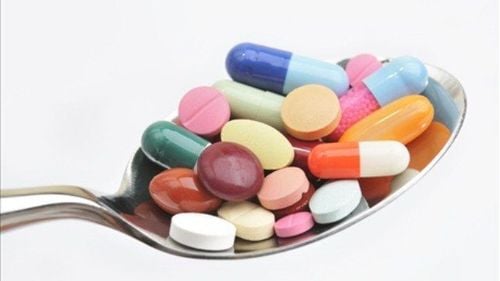
- Antipyretics should only be used when a child’s temperature exceeds 38.5°C or if the child exhibits dangerous symptoms such as lethargy or seizures.
- Follow the 4-hour interval rule between doses of antipyretics, especially for children with a family or personal history of liver disease. The maximum daily dosage for children is 60 mg/kg.
- For children with a high fever exceeding 40°C, parents should simultaneously administer antipyretics and immediately take the child to the nearest healthcare facility.
3. Guidelines for Using Antipyretics in Children with G6PD Deficiency
Children with G6PD deficiency have fragile red blood cells prone to hemolysis, leading to anemia. Fever-inducing conditions and certain antipyretics can increase the risk of red blood cell destruction. Therefore, the use of antipyretics for these children must be approached cautiously to balance fever reduction with safeguarding their health.
For Mild Fever (Below 38.5°C), prioritize physical cooling methods: wipe the child’s body with warm water, focusing on heat-releasing areas such as the forehead, armpits, and groin, dress the child in lightweight, breathable clothing to enhance comfort and reduce body heat.
When a child’s temperature exceeds 38.5°C, antipyretics should be administered. The most commonly used and safest antipyretic is paracetamol, known for its rapid absorption and quick effectiveness. Side effects of paracetamol are typically mild and infrequent. For children with G6PD deficiency, careful attention must be paid to the dosage of paracetamol. Overdosing can lead to severe complications, including hemolytic anemia, caused by the rupture of red blood cell membranes.
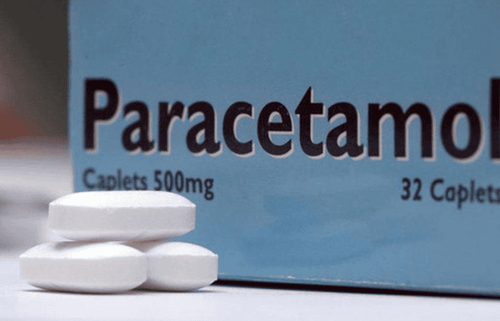
The recommended dosage of paracetamol is 10 mg/kg, with a minimum interval of 6 hours between doses. Other antipyretics, such as aspirin and ibuprofen, can also be used but only under the guidance of a healthcare professional. Unlike paracetamol, ibuprofen and aspirin carry more potential side effects, including gastrointestinal irritation, stomach ulcers. Rare side effects such as kidney failure, acute glomerulonephritis, and agranulocytosis may also occur. Ibuprofen and aspirin are often prescribed in combination with paracetamol or as alternatives when a child is allergic to paracetamol. Due to their numerous potential side effects, these medications should not be used without a doctor’s prescription, especially in children with G6PD deficiency.
To ensure a child’s health and optimal development, a diet that provides adequate quantity and balanced quality of nutrients is essential. If a child does not receive sufficient and well-balanced nutrients, it can lead to conditions of overnutrition or undernutrition, negatively impacting their overall development—physically, mentally, and motorically.
Improper eating habits in children can lead to deficiencies in essential micronutrients, causing poor appetite, stunted growth, and reduced nutrient absorption. If these signs are observed, parents should supplement their child’s diet with products containing lysine, essential micronutrients like zinc, chromium, selenium, and B vitamins to help meet the child's nutritional needs and improve appetite.
Parents can learn more by exploring:
Các dấu hiệu bé thiếu kẽm
Thiếu vi chất dinh dưỡng và tình trạng không tăng cân ở trẻ
To arrange an appointment, please call … or make your reservation directly HERE. You may also download the MyVinmec app to schedule appointments faster and manage your reservations more conveniently.
LAMINKID I Health Supplement
The product provides essential vitamins and minerals to the body, supporting digestion and enhancing food absorption to help children eat better. It also boosts immunity, reducing the risk of common illnesses caused by weak resistance, such as upper respiratory infections and colds.
Target Users:
- Children with poor appetite, weak digestion, malnutrition, or delayed development.
- Children with low immunity, those who are currently ill or recovering, and those prone to illnesses like upper respiratory infections or colds.
Product Quality Responsibility:
Elepharma Pharmaceutical Joint Stock Company
Address: No. 9, Truong Cong Giai Street, Group 17, Dich Vong Ward, Cau Giay District, Hanoi, Vietnam
Phone: 1800 6091
Email: info.elepharma@gmail.com
For more information about the product, visit: https://i.vinmec.com/laminkid
Register for nutrition consultation for children: https://i.vinmec.com/dangkytuvandinhduong
Please dial HOTLINE for more information or register for an appointment HERE. Download MyVinmec app to make appointments faster and to manage your bookings easily.
To arrange an appointment, please call HOTLINE or make your reservation directly HERE. You may also download the MyVinmec app to schedule appointments faster and manage your reservations more conveniently.



